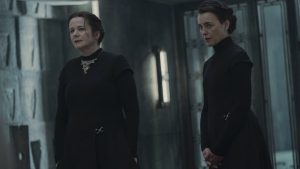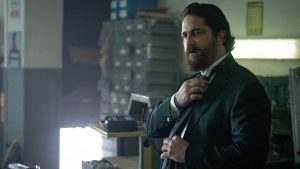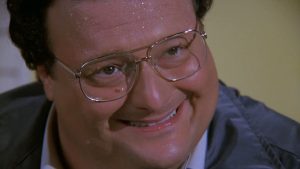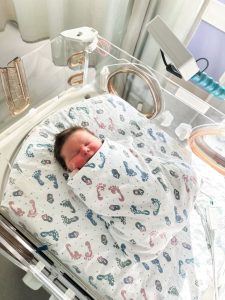
William Shatner has a favorite episode of Star Trek, but it comes with an undeniable flaw. In “The Devil in the Dark,” which first aired on March 9, 1967, the crew of the U.S.S. Enterprise arrives at a faraway mining colony plagued by mysterious creature attacks that leave miners dead in the treacherous tunnel depths. As Captain Kirk, portrayed by Shatner, and Spock, played by Leonard Nimoy, delve into the investigation, they discover a creature capable of burrowing through rock using a highly corrosive acid, suggesting a level of intelligence behind the attacks.
As the plot unfolds, Kirk and Spock encounter a horta, a mound-like organism. Through a mind meld, Spock reveals the creature’s ability to communicate by burning words into the rock, showcasing its intellect. The duo learns that the horta isn’t malicious; rather, it’s acting to protect its eggs, which it needs to preserve for the survival of its species. The miners and the horta ultimately find a way to coexist, culminating in a classic Star Trek resolution.
In his 1993 memoir “Star Trek Memories,” Shatner expressed his admiration for “The Devil in the Dark,” describing it as thrilling, thought-provoking, and intellectually stimulating. The episode is celebrated for its horror elements, intriguing monster, and clever conclusion that highlights the theme of misunderstanding. It consistently ranks among the original series’ finest episodes, with the horta recognized as one of the franchise’s most infamous creatures.
However, there’s a significant issue with “The Devil in the Dark”: it marks the only episode in Star Trek history where no female characters have a speaking role. This absence was noted even during its original airing. Creator Gene Roddenberry, despite his flaws, aimed to portray women in meaningful roles within the series. The original pilot featured Majel Barrett as the Enterprise’s first officer, but ultimately only Nichelle Nichols remained in a regular capacity, along with Grace Lee Whitney in a recurring role, and Barrett as Nurse Chapel.
When NBC reviewed “The Devil in the Dark,” they pointed out its all-male narrative, where Kirk and Spock directed a cast of male miners and security personnel. Gene L. Coon, a veteran writer for Star Trek, responded with a letter to Roddenberry addressing NBC’s observation about the lack of female representation. Coon reminded Roddenberry that the show’s premise embodied a gender-neutral utopia. He wrote, “Per NBC’s continual reminder, we should incorporate more female characters, even among the miners who reside on a planet for years. While it can come off as unrealistic if not done properly, we are in a time where women hold equal status to men. We must continuously reinforce this point with the team.”
Subsequent Star Trek series improved in gender representation and included more female characters in active roles. Today, the latest spin-off, “Star Trek: Strange New Worlds,” showcases three main male characters alongside six prominent female characters. Yet even in the 1960s, a series as forward-thinking as Star Trek required occasional reminders of its own progressive ideals.



